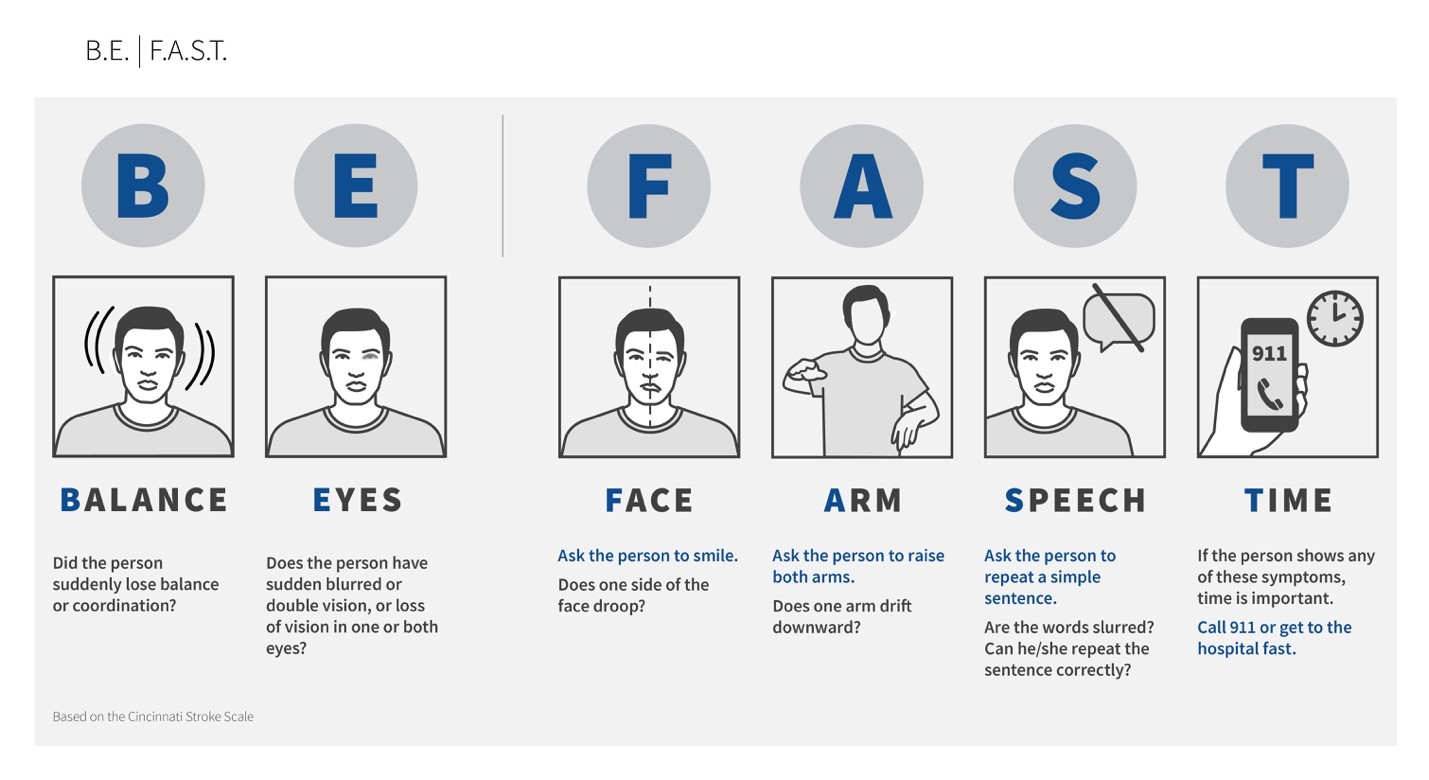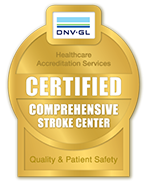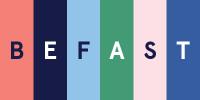Stroke and Related Disorders

BE FAST: Call 911 if you suspect a stroke.
Specialists at the OHSU Brain Institute Stroke Program work in teams to provide advanced care for stroke and other cerebrovascular disorders. You’ll find:
- Highly trained specialists available 24 hours a day.
- The best care possible for stroke, carotid artery disease, aneurysms and vascular malformations.
- Leading-edge technology and treatments.
- Access to clinical trials, with more than 20 years of leadership in research innovations.
- Expertise in the rarest and most complex stroke and vascular disorders.
- Access to our expert providers from around the state through our Telemedicine Network.
- Excellent outcomes.
Learn more
Know the BE FAST signs of stroke
Stroke is a medical emergency. Call 911 if you or someone you are with has sudden:
- Weakness or numbness in the face, arm or leg
- Loss of vision or double vision
- Trouble talking, understanding others or slurred speech
- Spinning sensations or dizziness
- Loss of balance or coordination
- Severe headache (less common)
Important to know: You don’t need all these symptoms to be having a stroke. Many strokes cause no pain. Don’t ignore symptoms, even if they quickly disappear. You may have had a warning stroke.
Check the time: What time did symptoms start? Paramedics or emergency room doctors will want to know. Some treatments are effective only if given within a few hours of stroke onset.
Be prepared: Know which hospitals near your home and workplace have 24-hour emergency stroke care.
Follow the BE FAST system. BE FAST gives you an easy way to remember the signs of stroke and the need to act quickly.
BE FAST stands for:
- Balance
- Eyes
- Face
- Arm
- Speech
- Time

"BE FAST” was developed by Intermountain Healthcare, as an adaptation of the FAST model implemented by the American Stroke Association. Reproduced with permission from Intermountain Healthcare. © 2011 Intermountain Healthcare. All rights reserved.
The OHSU Stroke Program, created in 1979, was the first in the Northwest certified as a Comprehensive Stroke Center.
Around-the-clock care: Our stroke team’s neurosurgeons and neurointensivists (doctors who specialize in critical care) are available 24/7. Specialists also staff our Neurosciences Intensive Care Unit around the clock.
Nursing team: Registered nurses on our Stroke Response Nurse Team, innovated at OHSU, respond to patients throughout the hospital.
Many patients: Our team treats more than 550 stroke patients a year. We have one of the nation’s most active centers for embolization (sealing off) of brain aneurysms. We have placed more than 1,500 carotid stents over the past two decades.
Innovations:
- Our stroke protocols for getting thrombectomy (blood clot surgery) patients into treatment as quickly as possible have been adopted nationally.
- We offer the nation’s lowest complication rates in mechanical thrombectomy, an innovative clot-removal therapy for stroke.
- We were the first center on the West Coast to use a therapy for hard-to-treat wide-neck aneurysms.
- Our neurosurgeons are among the few in the nation to regularly perform bypass procedures for patients with moyamoya disease, a rare progressive stroke disorder.
Experience and training: Our doctors are fellowship-trained, meaning they completed advanced training in their specialty after their residency.
Regional resource: We care for patients with unusual causes of stroke, including hereditary disorders.
Team-based care
Your care team will include expert providers from a range of specialties, such as:
- Neurologists, who treat disorders of the brain and the rest of the nervous system.
- Vascular neurologists, who treat the blood vessels that supply the brain.
- Neurosurgeons and vascular surgeons, who operate on the brain, spinal cord and their blood vessels.
- Neurointensivists, who provide critical care to patients with neurologic conditions.
- Neurointerventionalists, who use advanced imaging to guide catheters (thin flexible tubes) and tools to the brain to treat blood vessels.
- Nurses who specialize in caring for patients with neurological ailments.
- Rehabilitation experts, for stroke recovery and other neurologic care.
- An aneurysm surveillance clinic for expert follow-up care and monitoring.
- Dietitians, social workers and case managers.
Other specialists: The OHSU Stroke Program is part of the OHSU Brain Institute, which has about 400 researchers and doctors. We work with experts from across OHSU, including:
- Neuroradiological specialists from the Dotter Department of Interventional Radiology.
- Heart specialists from the Knight Cardiovascular Institute.
- Hematologists, who specialize in blood-clotting disorders.
- Neurogeneticists, who study inherited brain diseases.
The latest technology
Advanced imaging: Patients benefit from the most advanced imaging technology available. Precise pictures enable our doctors to quickly diagnose the type of stroke. Imaging software lets us quickly see how much brain tissue might be saved, extending the treatment window for some patients. We can also find the smallest blood vessel malformations and aneurysms.
Telemedicine: Our secure connection gives hospitals around Oregon immediate access to our experts so you can be assessed and sometimes treated near home.
Latest-generation devices: We help test and perfect devices used to retrieve blood clots and to treat complex aneurysms. Our patients benefit from our experience with the most up-to-date technology.
Clinical trials and research
As Oregon’s only academic health center, OHSU is committed to research and education. The National Institutes of Health ranks the OHSU Brain Institute in the top 1 percent for research funding among institutions doing basic neuroscience research.
- Read about our use of stem cells to protect brain tissue.
- Learn more about our trailblazing work in clot-retrieval therapy for ischemic stroke.
Because our doctors lead and participate in dozens of clinical trials, they know the latest therapies and technologies. Recent OHSU trials have:
- Perfected next-generation devices to treat stroke and cerebrovascular disorders.
- Shown that aggressive medical treatment is generally more effective than angioplasty and stenting to treat intracranial atherosclerosis (hardening of arteries in the head).
- Demonstrated when to treat carotid artery disease with surgery and when to use minimally invasive angioplasty and stenting.
For patients
- Call 911 now if you or someone else may be having a stroke. Learn the BE FAST signs of stroke.
- Referral: To become a patient, please ask your doctor for a referral.
- Questions: For questions or follow-up appointments, call 503-494-7772.
Location
Parking is free for patients and their visitors.
OHSU Stroke Program clinic
Hatfield Research Center, 13th floor
3250 S.W. Sam Jackson Park Road
Map and directions
Refer a patient
- Refer your patient to OHSU.
- Call 503-494-4567 to seek provider-to-provider advice.
- Find OHSU’s stroke practice standards on our For Health Care Professionals page.
Patient resources
- Find resources for patients and families.
- Learn about stroke prevention.
- Learn how our Telemedicine Network can bring OHSU expertise to your community.
'The scariest feeling'

Quick action and OHSU’S Telemedicine Network made all the difference when Ronald Paapke had a stroke.
Stay informed
News: Read about research breakthroughs, patient care and many other topics on the OHSU News site.
Connect with us

